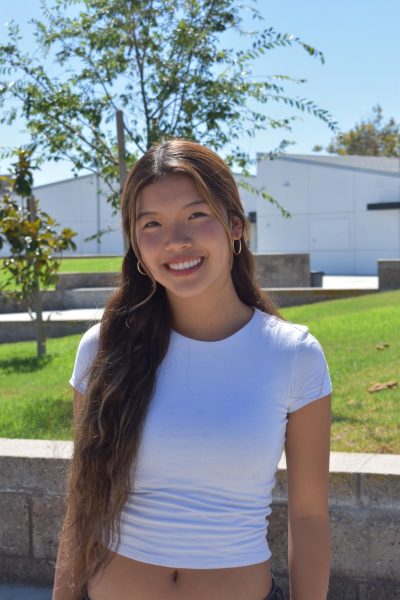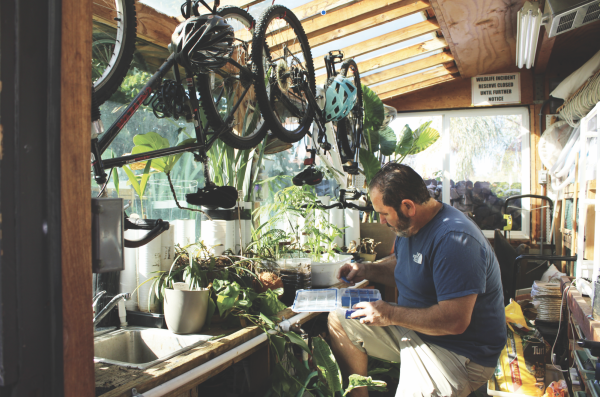
Twenty-three years ago, science teacher David MacMartin knelt down in the yard of his first home to plant the seeds of a passionfruit vine. His hands gently burrowed through the soil, carefully cultivating the perfect patch for his first plant, marking the beginning of his gardening journey. However, a couple of weeks later, as the vine began to thrive, it was just as quickly eaten by caterpillars, a reminder of the unpredictability of nature.
Today, with a couple more decades of experience under his belt, caterpillars aren’t the formidable opponents they used to be. His backyard is now flourishing with guavas, mangoes, apricots, and tropical plants.
MacMartin’s interest in gardening was rooted in his mother’s farming background and his relatives’ vegetable gardens in Wisconsin.
“Whenever I went back to visit relatives in Wisconsin, they always had big vegetable gardens and they would always let me just go out and eat whatever was ripe,” MacMartin said. “That’s always stuck with me.”
Years later, intrigued by a booth he had seen at the San Diego Fair, MacMartin started experimenting with growing exotic fruits in his backyard.
“When I bought my first house, I wanted to make sure that the money I was spending on water was going to something I could turn around and use,” he said. “Of course, when it all ripens, it tends to ripen around the same time. In the process of giving a lot of [the fruits] away, you make a lot of good friends.”
Over time, MacMartin added mangoes, apricots, and even a tangerine tree he grew from seeds taken from his wife’s childhood home: a plant that now produces an abundance of fruit.
“One of the biggest successes I had was when my wife had to sell her childhood home, one of the things that she cherished the most was a tangerine tree in the backyard,” he said. “Before we sold the house, we collected a bunch of fruit, ate the fruit, and then we kept the seeds, and I made the mission to try and grow a tangerine tree from the seeds from the fruit from her backyard. Now [we] have two trees that are 15 feet tall, both producing a lot of fruit.”
By learning at local nurseries, which offer gardening classes, and consistent trial and error, MacMartin has learned techniques to master his passion like grafting, which is a technique where two plants are joined together to ensure a desired taste.
“The only way to ensure that you’re going to get something that tastes exactly like what you’ve eaten is to get a plant that has been grafted, rather than growing from seeds,” he said. “A lot of nurseries will have classes on the weekends if you want to learn about grafting, or if you want to learn about how to start propagating.”
Throughout his gardening journey, MacMartin has encountered various challenges like plant diseases. Over time, he has been able to discover strategies to eliminate them.
“One of the things that work pretty well, to prevent hibiscus from getting white fly, a disease that covers the whole plant, is coffee grounds,” he said. “Putting coffee grounds in the soil will change the flavor profile of those leaves, and the white fly doesn’t seem to like it. You can get large volumes of free leftover coffee grounds from Starbucks. They usually put it in a bag and it says ‘grounds for the ground.’”
MacMartin said he has also found ways to integrate his hobby into his teaching. His garden provides a tangible way to showcase biological processes for his students.
“Right now we’re talking about photosynthesis, and so I brought in leaves today to showcase what’s happened with the different pigments,” he said. “I have different rose varieties that I like to bring in to show genetics and sometimes it’s just fun to bring in fruit for people to try that they maybe have never tried before, like the dragon fruit. That’s fun too because it gives people an experience with something that they’ve never tasted before.”
For MacMartin, gardening has become a tool for better understanding the science occurring in nature. Observing how plants adapt to their environments has deepened his appreciation for the resilience and diversity of life.
“In pursuing this I’ve really learned about the diversity of life that exists out there, and how nature has adapted to so many different types of environments,” he said. “The more I got into this, the more fascinated I’ve [become] with plants, because they affect every part of our life, and not even necessarily what we eat, but also the clothing that we wear. Almost everything can be linked to a plant.”


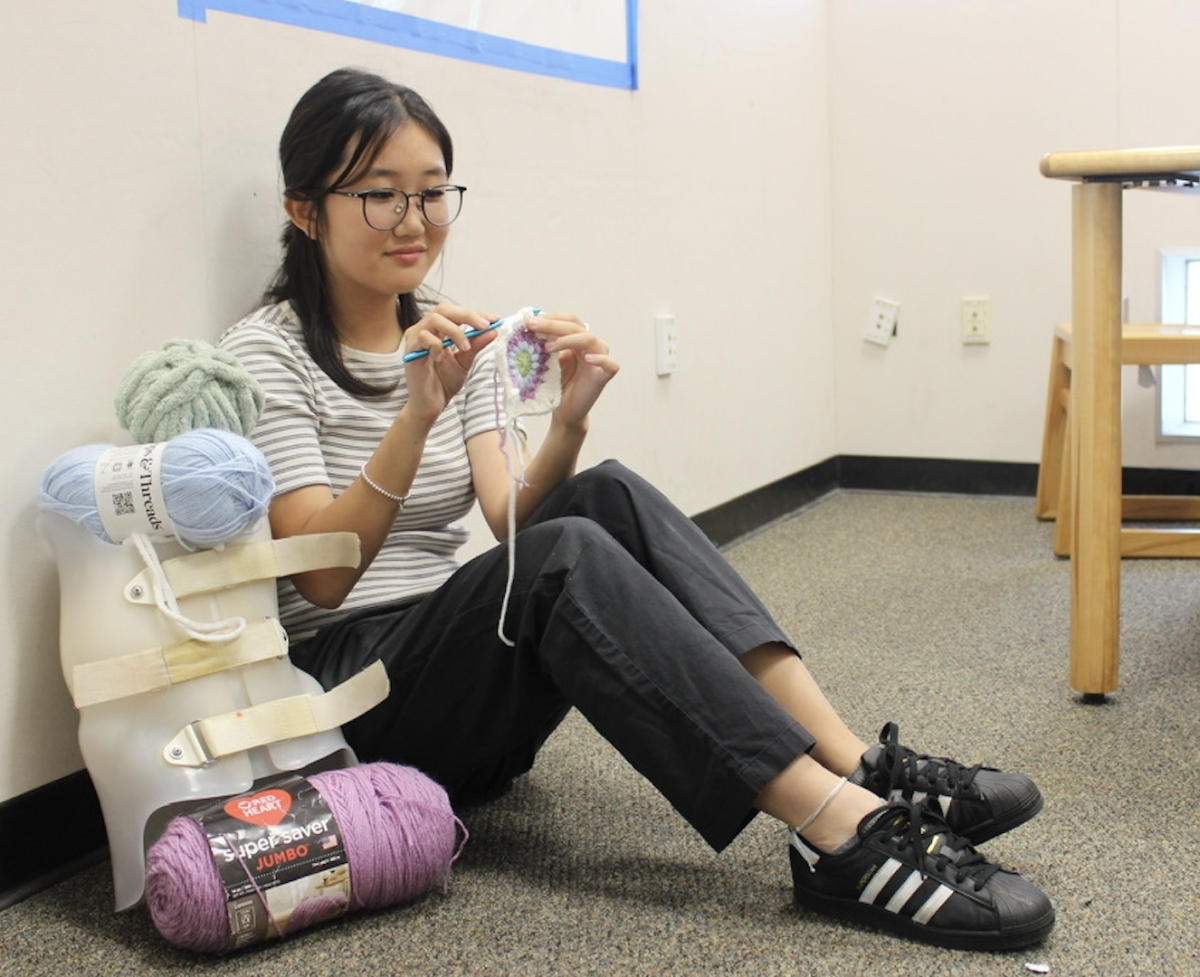
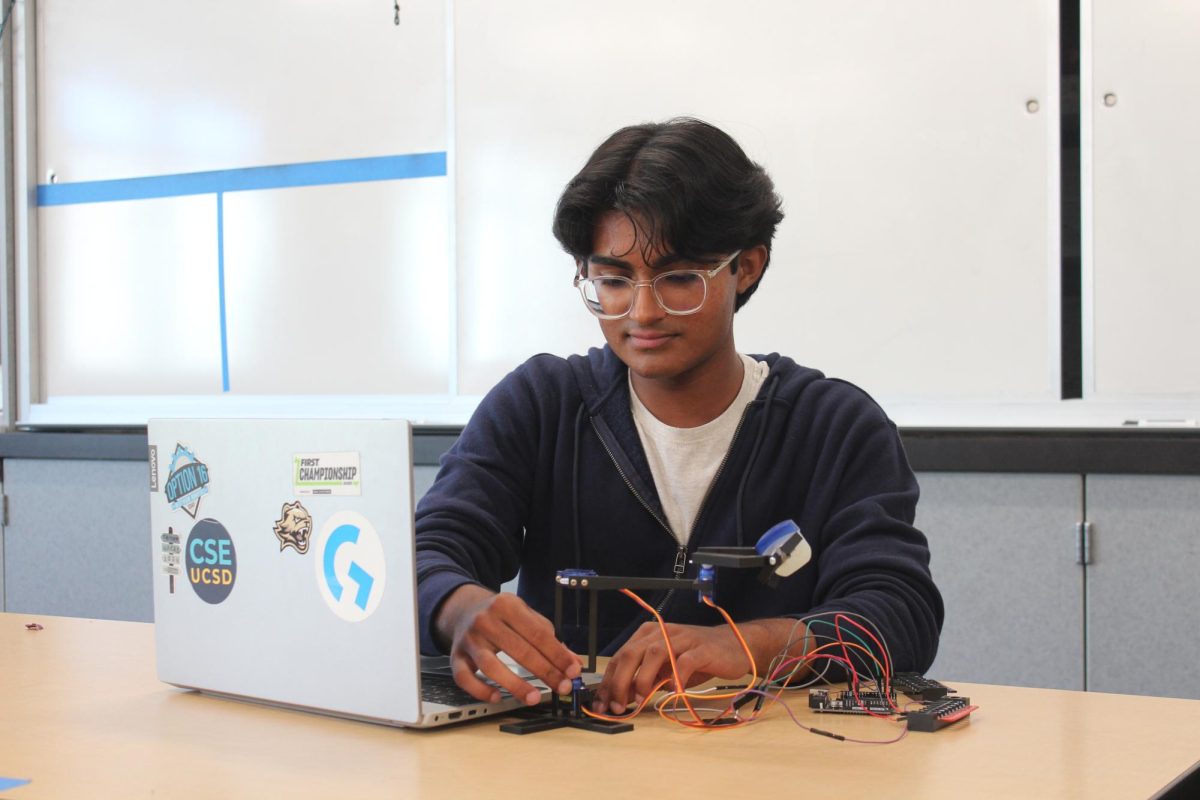
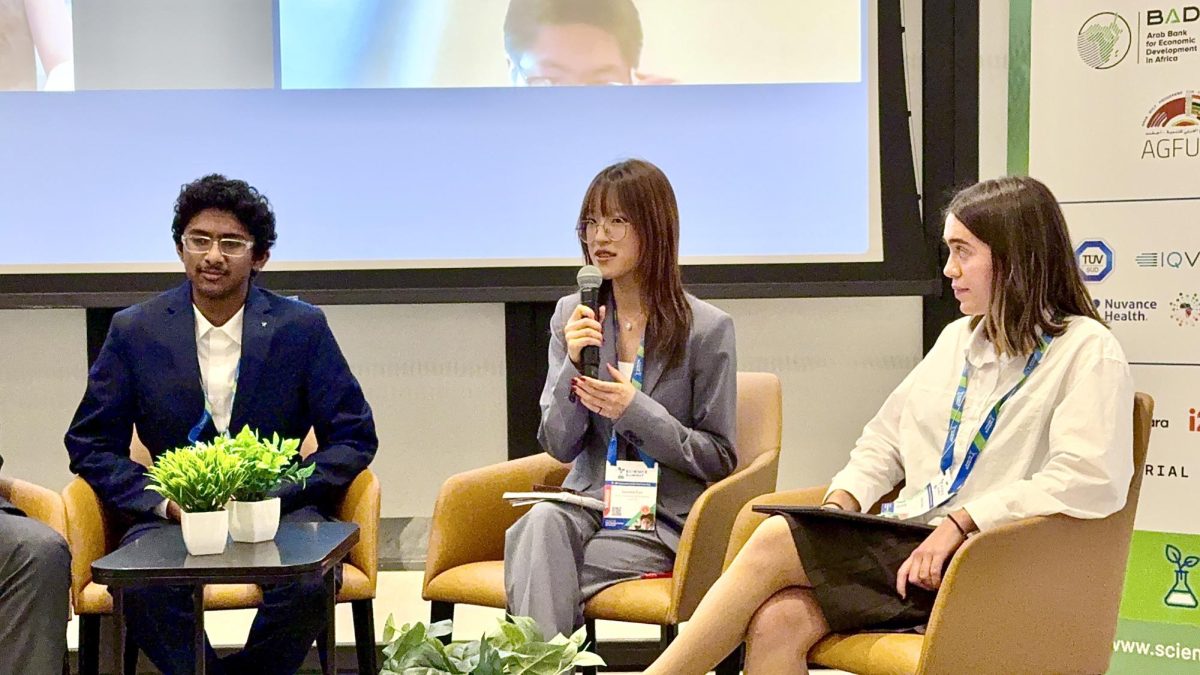
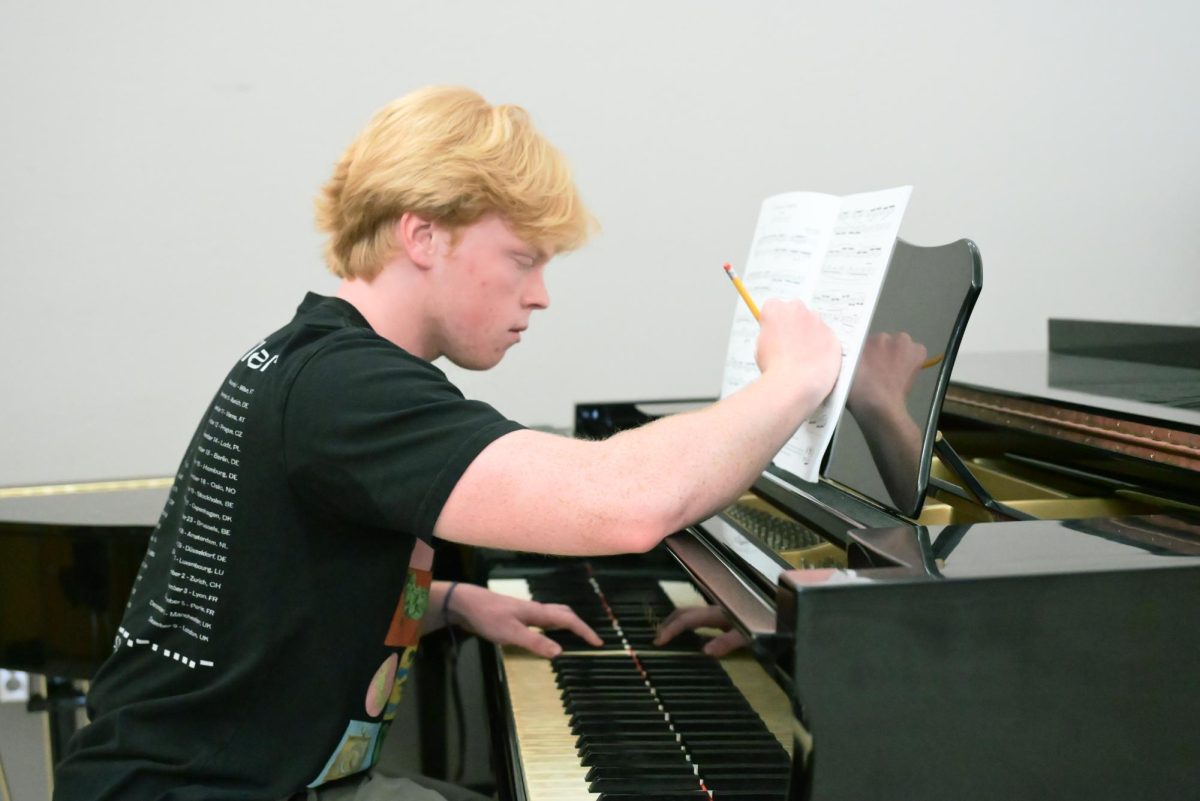




![Jolie Baylon (12), Stella Phelan (12), Danica Reed (11), and Julianne Diaz (11) [left to right] stunt with clinic participants at halftime, Sept. 5. Sixty elementary- and middle-schoolers performed.](https://wvnexus.org/wp-content/uploads/2025/09/IMG_1948-800x1200.png)

